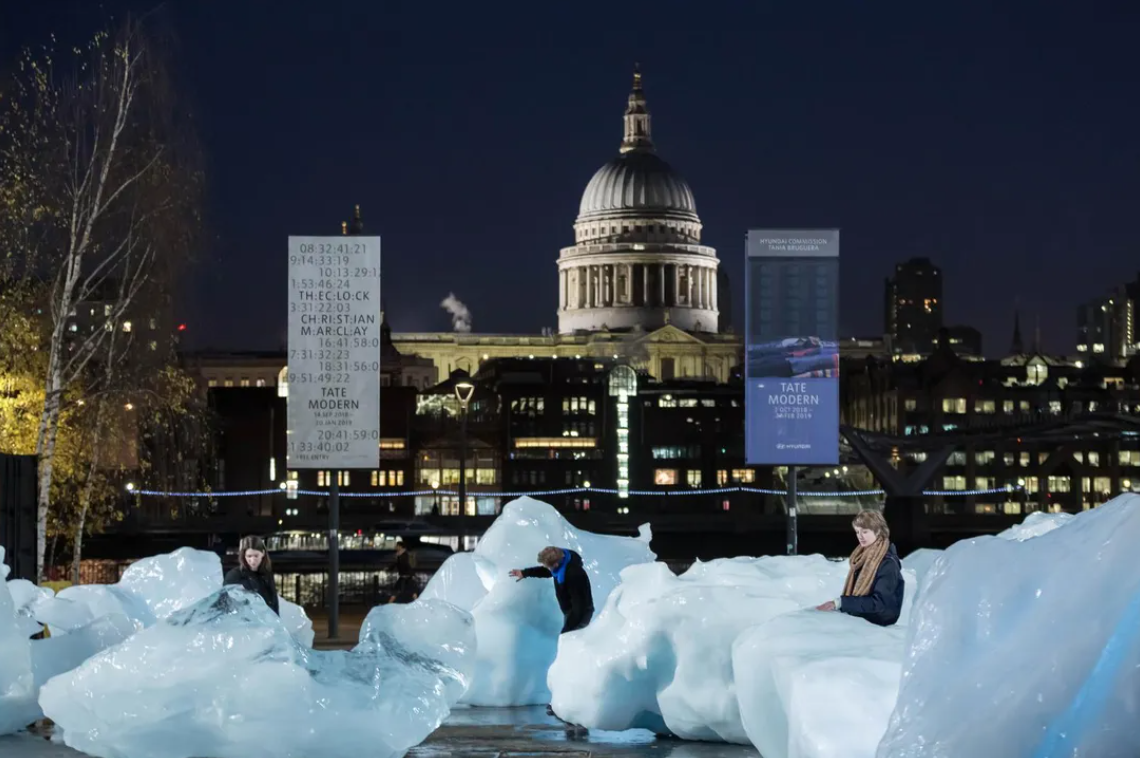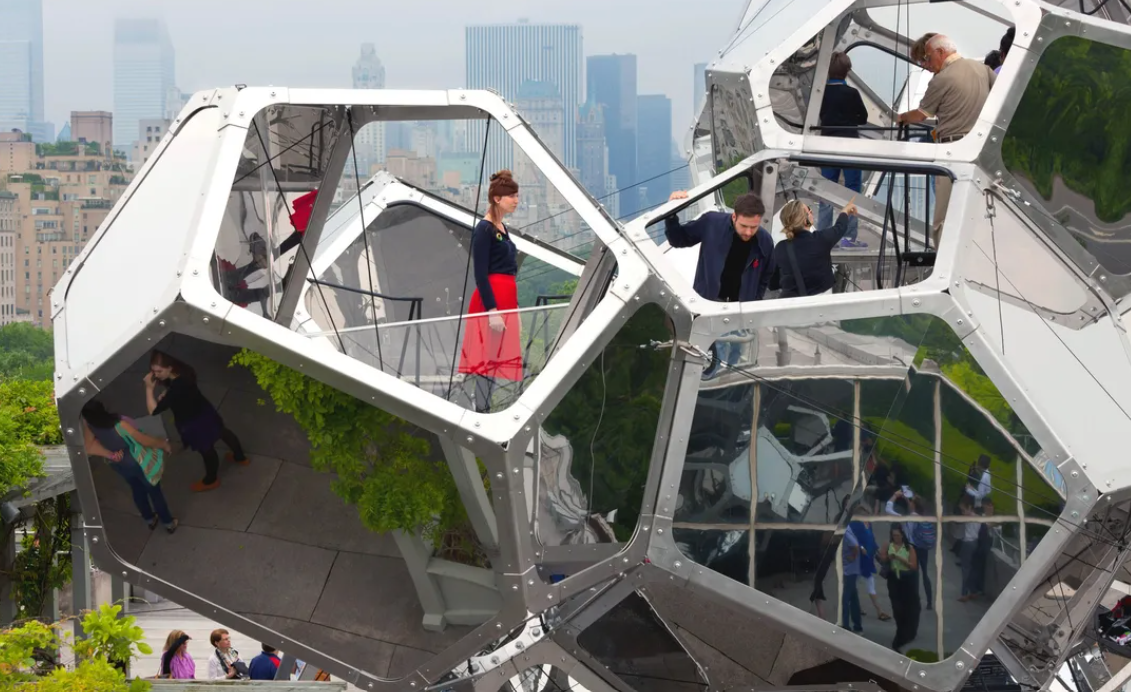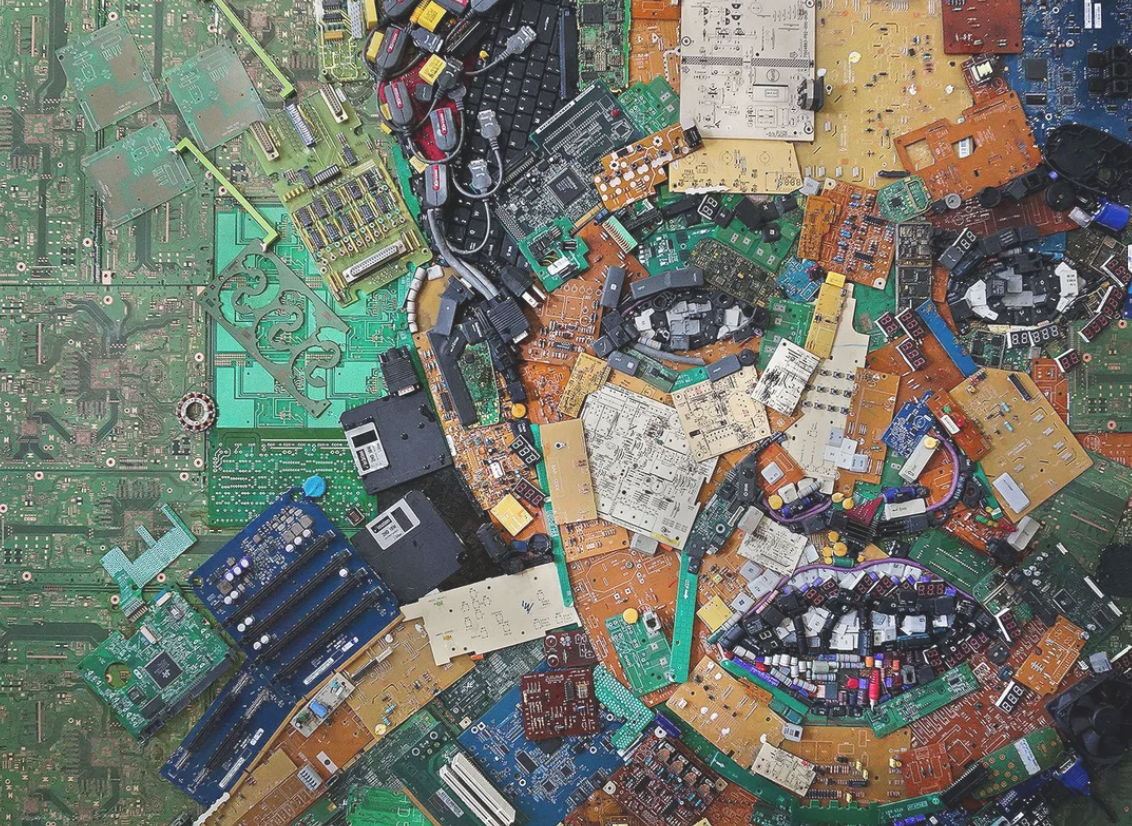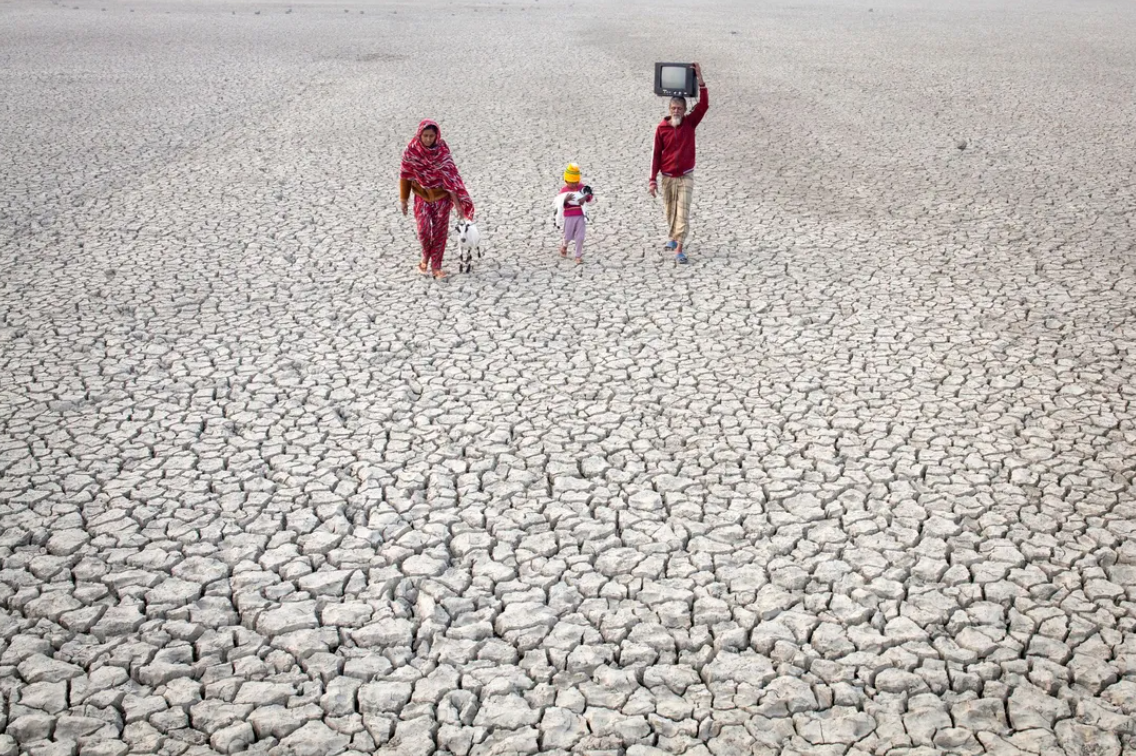Climate change and global warming caused by human-induced degradation to our planet continue to be a persistent problem faced on a global level. With rising sea levels and increasing temperatures across our planet, various artists have used their artistic practice as a tool to interrogate wider socio-political concerns caused by the negative impact humans have on the physical environment.
Here, we take a closer look at artists who shed light on the impact of climate change and who use art as a form of activism. Such anxieties surrounding global warming have been investigated and explored in a plethora of ways, both conceptually and materially. In this article, The Artling foregrounds how these artists importantly challenge pre-existing notions of art-making by re-thinking and re-contextualizing the conditions in which art is produced and presented to the viewer.
Read on to discover more about how these artists have been addressing climate change in profound and ground-breaking ways through their unique practices.
Olafur Eliasson
Icelandic artist Olafur Eliasson creates completely immersive installations to make viewers re-connect with their natural environment. From his famous light installations, The weather project (2003) to his Green River (1998-2001) series Eliasson’s works cleverly entwines his artistic practice with deeply socio-environmental conscious undertones.
The viewer’s interaction and engagement in his renowned work, Ice Watch (2014), serves as a metaphor for the interdependence between humans and nature – a concept that Eliasson permeates throughout much of his other projects. Here, the artist addressed the staggering impact of climate change and the need for urgent action. In this temporal piece, Eliasson transported 30 large blocks of glacial ice from Greenland to London where he displayed them in the front courtyard of the Tate Modern and Bloomberg’s headquarters. The work calls viewers to touch, hug, and physically interact with the work before it melts and disappears. Through his stark use of visual juxtaposition, Eliasson’s placement of natural elements within a highly urban environment forces one to become aware of the damaging reality of global warming, particularly the ecological changes that are happening around the world.

Tomás Saraceno
Best known for his large-scale installations and floating sculptures, Argentinian artist Tomás Saraceno has dedicated much of his expansive artistic oeuvre to the exploration of environmental issues. In various of his works, the artist explores alternative sources of energy as a way to encourage people to live more sustainable lifestyles.
In his famous ongoing series Cloud Cities (2002-present), Saraceno examines the symbiotic relationship between nature, humans, and their environs. The work features large constellations of interconnected modules that create a reflective maze that viewers can walk into. He creates these spaces so that the viewer is invited to gain a new perspective of understanding and interacting with others. These webbed and interlinked clusters work to break the boundaries between nature and constructed social spaces and offers a new model for sustainable building as well as living practices that positively impact the environment.

Nor Tijan Firdaus
For Nor Tijan Firdaus, materiality plays a key and essential part of her artistic practice when bringing to light issues of climate change. In Climate Change is Real (2020), the Malaysian artist collects e-waste such as electronic components from resistors to transistors and inductors that would otherwise be discarded as the main material components of her work.
The piece at once alludes to a society deeply dependent on technological gadgets, and how unaware we are of the high levels of waste they produce as a result. By employing e-waste as her primary medium of expression, Nor Tijan Firdaus forms a portrait of a naïve and innocent child assembled by the very objects contemporary society is consumed by. The jarring composition creates a forceful reality for the viewer in that they become overtly aware of the wider role humanity plays in environmental destruction.

zhc
Born and based in Feni, south-east of Bangladesh, zhc is a journalistic photographer whose works have been published in TIME, The Guardian, Telegraph, Wall Street Journal, Paris Match, and much more. His captivating photographs interweaves zhc’s political, environmental, and social concerns for his homeland, Bangladesh, mainly with regards to climate change, the refugee crisis, human rights, and the public health system.
In a country with very little visual documentation of such issues, zhc’s Climate Crisis (2016) is a compelling reminder of the detrimental effects of global warming in Bangladesh, particularly amongst rural communities and populations. The contrast between the family of three adorned in ruby red against the dried earthy and barren landscape emphasizes the degree of damage caused by changes in sea levels and rising temperatures. By capturing these desolate spaces, the photographer illustrates how such degradation to our planet has led to a large displacement of people throughout the nation.

Art & Climate Change
Here, we have highlighted some of the most important artists tackling the issues of global warming and climate change. These individuals have importantly used their artistry as a platform to voice as well as spotlight pertinent issues that we as a human race need to seriously acknowledge.
Such damage to our planet has been confronted by these artists in multifaceted ways. This has been particularly apparent in Olafur Eliasson’s temporal work, Ice Watch, where his use of juxtaposition and metaphor have shed light on the melting ice caps and rising sea levels in Antarctica and Greenland. In addition, zhc’s stark photographs exploring the dire and large-scale impact of droughts on the communities that solely depend on the land as a source of income, create important reminders of the disrupting effect large corporations are having on the eco-system.
Such climate-conscious works enable us to think more critically about the impact humans are having on the environment and how we need to act in a socially responsible manner in order to conserve and protect our planet.
Get updates about future climate events
We will process the personal data you have supplied in accordance with our privacy policy.